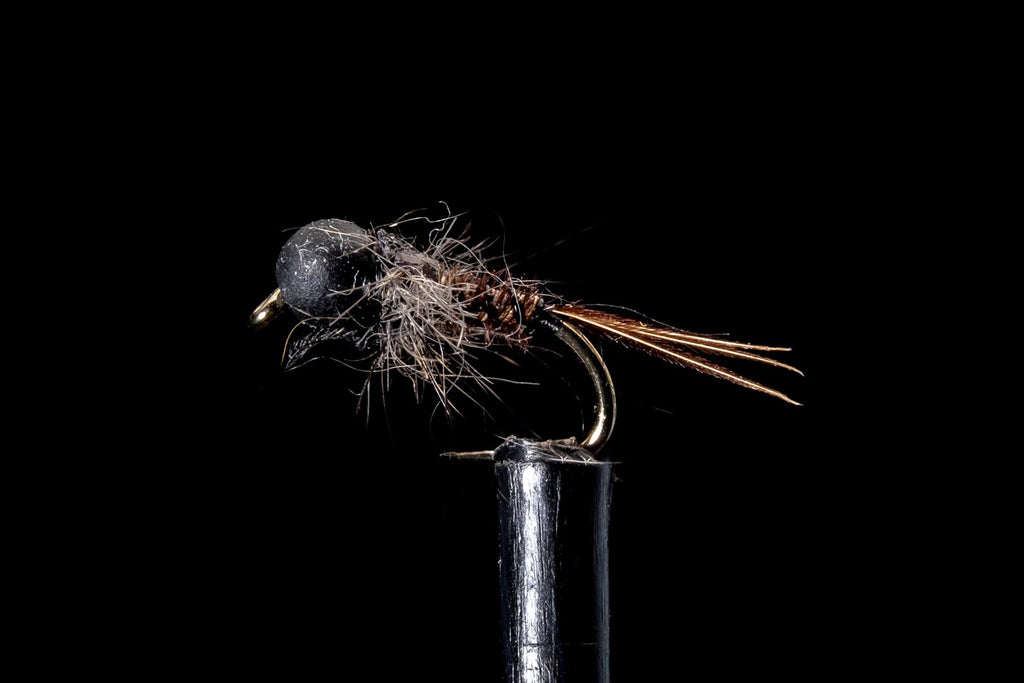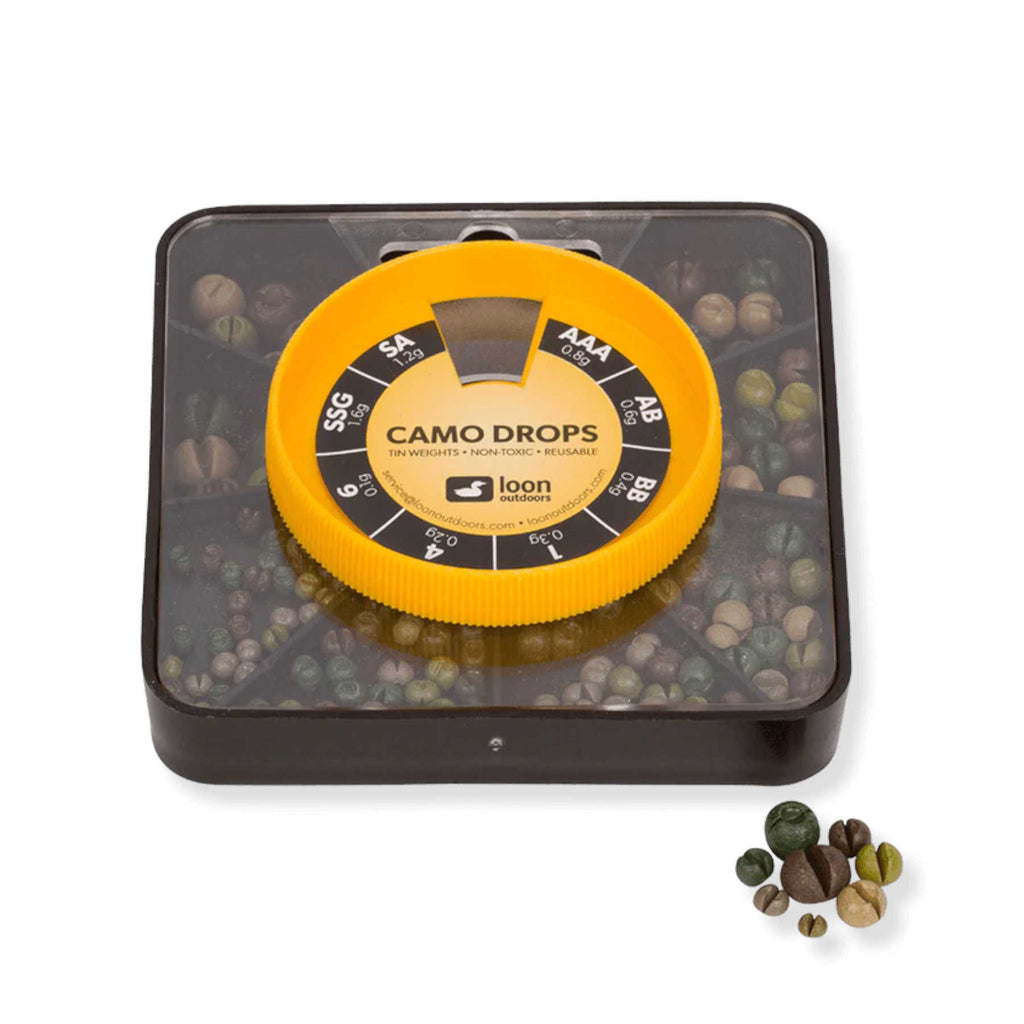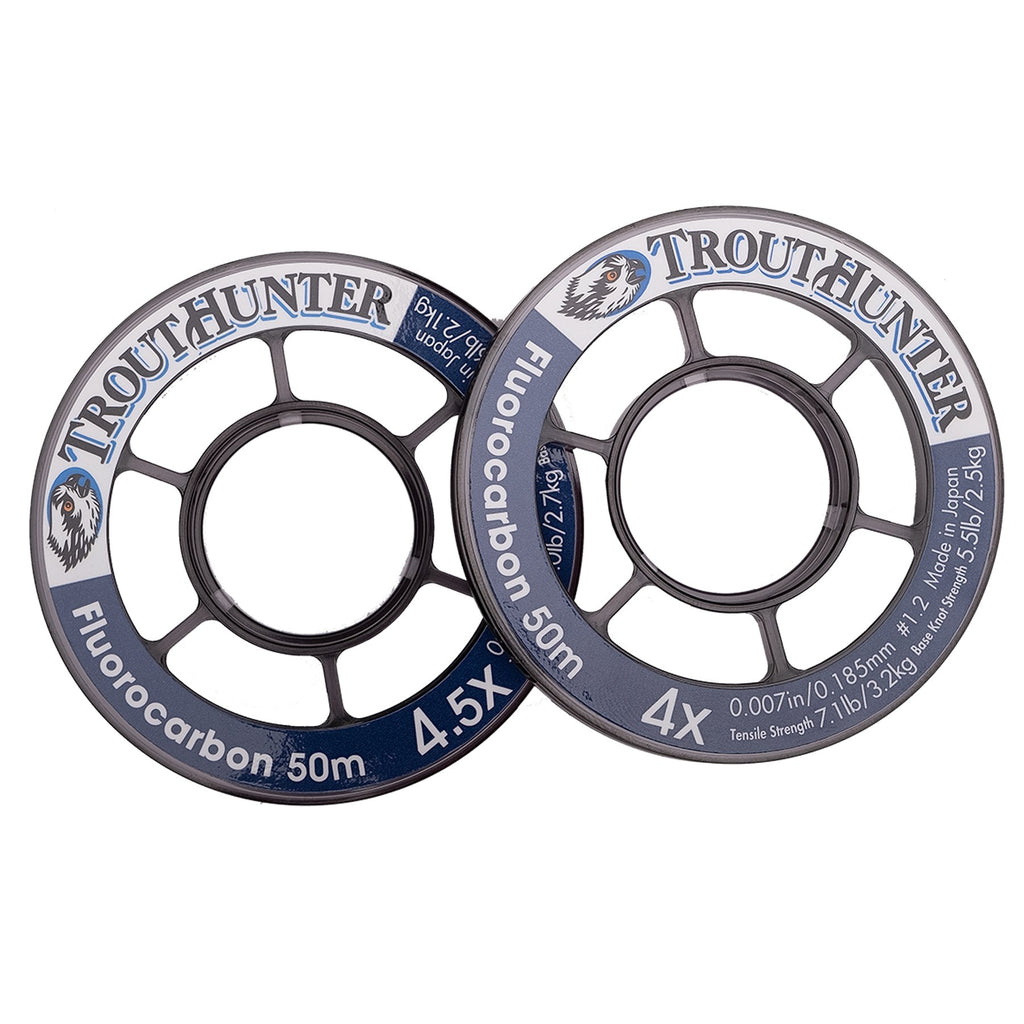Early Season Fly Fishing In NZ
It’s the new fly fishing season in NZ and as much as we are all frothing, we are also likely to be wondering what to do with ourselves with so much gear now available, so many locations and so little time.
Here's a few places to start off the new fly fishing season the right way:
- If you've never watched the Manic Tackle Lockdown lessons series on YouTube, head there now and watch one of the best how to's - apart from the OG how to of them all - The Manic Guide to Fly Fishing
- Make sure you've read the early season fly selections and have restocked accordingly.
- And hopefully you have been chipping away your pre season fly casting drills so now it's time to take it all to the water.
Sometimes it helps to break things down into digestible chunks to bring some focus to your plan, without the distractions of everything else around you.
With this in mind let's run down a few early season thoughts that should be the same year in, year out.
WHERE TO FLY FISH EARLY SEASON
With a relatively settled end of winter in most parts, most waters are coming down into stable flows - but some places didn't fare as well. However it pays to consider that with larger catchments and still a lot of moisture about the fields, and snow in the hills, many of our larger, main stem rivers are likely to maintain colder water temperatures and above normal flows for a while to come.
For me, personally the tributaries are where it’s at early season, with plenty of trout making the most of their more preferable water levels, higher water temps and less daily fluctuations from the effects of snow melt.
Whereas larger waters may begin their day below 10 degrees, and get colder as snowmelt increases throughout the day, smaller tributaries may rise 3 or 4 degrees, stimulating both insect activity and trout feeding as the day goes on.

EARLY SEASON TROUT BEHAVIOUR
Just like us, when it’s cold trout don’t get up to much, seeking shelter and often requiring a lot of motivation to leave their couch. With decreased activity comes decreased appetite and to catch fish in cold water temps you really need to entice them.
As water temperatures rise above 10 degrees rivers slowly come to life. Increased nymphal movements bring trout to their feeding positions around the base of riffles and tail outs, wherever the food it most prolific. While the mornings may feel hard graft, lunchtime activity can certainly make a day on a small stream worthwhile.
So ease off those 4am alarms and think more gentleman’s hours. However, relatively inactive trout can still play ball if you have a few tricks up your sleeve.

TACTICS FOR OCTOBER & NOVEMBER FLY FISHING IN NZ
- In colder temperatures trout aren’t likely to move too far for food. You will do so much better if you get your flies down into their zone. Iron Maidens, Simons Uglies and Kyle's Stones from the Manic Fly Collection provide the weight and profile to get deep, fast. “Come Eat Me” flies in brighter colours or with exciting features such as rubber legs can grab the attention of sullen trout or steal attention away from naturals.
- Consider moving your flies either with a lift, or a sideways sweep of the rod tip if fish aren’t responding to your dead drift. And always trail your “Come Eat Me” with a size 14 or 16 natural. Much of the time you are simply pulling the trout’s attention to your smaller fly.
- Almost as important as your fly is the weight of your fly, and to this I carry a range from the unweighted Assassin nymph to the lightweight, but deadly Kyle’s Deletidium, and the Death Metal Pheasant Tail to the Copper Iron Maiden. Each imitate the mayfly, an important early season food source but in varying weights, and in different weight increments to cover most situations. Don't forget my new Manic Fly Collection signature pattern, Dore's Depth Control. You choose the zone, one pattern to rule them all.
- Early season nymphs are generally a tad larger than those later in the summer as maturity is delayed due to the colder water temps of winter so whereas the size 14’s to 18’s of March and April are now replaced by the early season standard size 12’s and 14’s.
- Loon Tin Drops and Deep Soft Weight greatly assist both in getting these flies deep, and slowing their drift in fuller, early season flows, and with the addition of longer, lighter tippet you will have no issue getting into the zone. The new 8 division Camo Drops from Loon are a game changer.
- Streamers too are an early season essential, especially on those aforementioned colder days when fish just don’t want to move. If they don’t want to eat, make them attack, and a Mr Glister or Sex Dungeon fished on an aggressive floater, or an Airflo Streamer Max line can sure get some explosive grabs. Forget swinging these flies. Fire them upstream and across, and rip them back down into the trout’s territory - make your fly behave like competition coming onto his turf.
- Early season hatches can be short and sharp, but prolific with mayfly either pouring off within a short time span, or trickling off across the early afternoon. Regardless, it pays to keep parachutes, emergers and a good coloburiscus pattern close at hand and quick to attach. Practise those quick changes as that rising fish could be just the start of it, or the only one. And it is always worth keeping a good blowfly, or Indi Klink pattern in the fly patch.
NEW FLY FISHING SEASON, NEW FLIES
Challenge yourself to try three new patterns this October. It is that simple. If it looks like food and behaves like food, it will get eaten. If it looks nothing like food, or behaves differently, they will usually eat it too.
Just read the fish, their positioning, behaviour and choose accordingly. With over five hundred patterns in the 2023 Manic Fly Catalogue stock up on your usuals by all means, but try and choose three totally different patterns that you may not think will work.
If it’s in our range, I guarantee it will. If they can see it, they can eat it.

TREAT YOURSELF TO SOME NEW FLY FISHING GEAR
TRY A NEW ROD FROM PRIMAL - TRY CCC
Perfectly timed for the new season is the release of the new CCC - Compressed Carbon Chain rods from Primal. CCC techlogy comes in the two flagship models, the freshwater Primal RAW and the saltwater Primal MEGA. You wont find better rods...and at the price, you may as well buy 3.
We still have the premium selection you all know and love with the fast action RAW and medium action POINT in the freshwater single-hand family; the saltwater MEGA; the trout spey rod that everyone is talking about aka the RUN; and the industry standout in the euro nymph category, Primal ZONE. Primal rods set the standard in sub $1k rods, at half the cost.
Primal has a huge range of rods to designed to match your price point, without compromising on quality. Pop into your local Manic retailer and check out the stand-alone rods, or rod+reel+line combo deals. Warranty repairs and replacements are handled right here in NZ to ensure a rapid turnaround for a very reasonable handling fee.
AIRFLO SUPERFLO RIDGE 2.0 FLY LINES
 As usual, Airflo has smashed this one out of the park by teaming up their groundbreaking Superflo technology with a new generation ridgeline 2.0 concept. Super slick, super buoyant, and designed to shoot even greater distances than before, Superflo Ridge 2.0 lines are available in the three innovative tapers that have become a staple of anglers worldwide, the Power Taper, Universal Taper, Tactical Taper and just released is the new and improved Bandit taper in both Superflo and Ridge 2.0
As usual, Airflo has smashed this one out of the park by teaming up their groundbreaking Superflo technology with a new generation ridgeline 2.0 concept. Super slick, super buoyant, and designed to shoot even greater distances than before, Superflo Ridge 2.0 lines are available in the three innovative tapers that have become a staple of anglers worldwide, the Power Taper, Universal Taper, Tactical Taper and just released is the new and improved Bandit taper in both Superflo and Ridge 2.0
TROUTHUNTER TIPPET
A modern O.G of the leader game but still a top-performing goodie. The reliability and consistency of top-shelf Japanese materials and super fine diameter to breaking strain makes Trout Hunter nylon leaders and tippet essential to my guiding kit.
Water-resistant tippet tenders, and UV resistant spools and packaging ensure the longevity of your leader material, but make sure you brush up on your knots and handling of modern high-tech tippet materials.
Another selling point for me is the large diameter hole which you can stick your whole thumb through in cold conditions and pull off your desired length of tippet without dropping the spool into the river. Treat high-tech material well and they will treat you exceptionally well.
C&F FLEX CLIP-ON REEL WITH SCISSORS


These are one of those accessories that comes along every so often and make a huge difference to my personal fly fishing experience. Razor sharp, fine pointed scissors in a rotating clip in sheath ensure that you can quickly, precisely and easily trim indicators and cut down flies on stream without stabbing yourself - because as Hannah Clement says, “who the f*ck can cut an indicator with nippers”.
AIRFLO TIPPET RINGS
The Airflo tippet rings are another game changer. Prolong the life of your tapered leader but more practically because a clinch knot is far easier to tie with early season cold hands than most other leader-to-tippet knots. It’s also a great way to attach an independent dropper or two when lake fishing when tippets may be too fine for a waterknot.
SIMMS GLOVES

The Simms Solarflex Sun Glove is a daily essential for myself, firstly providing necessary sun protection, and then sandfly protection on our backcountry streams. The Simms Freestone Foldover Mitt is a favourite for those colder days we all know October can throw at us, and offers full hand coverage when walking or standing and watching, and the mitt is easily flipped back to expose the fingers when action is imminent.
NEW SEASON GEAR PREPARATION CHECK LIST
- You wouldn’t undertake a road trip on bald tyres so why start the season with a dirty line? First and foremost, check your line for nicks, knocks and general wear. Airflo’s proprietary polyurethane fly lines, unlike PVC lines, wont dry out and crack so it is only long term wear and tear you need to look for. Soak your line in warm, soapy water before pulling it through a clean, dry rag to clean, then recondition it with a lick of Loon Line Speed. If on the fence, buy a new one.
- Checking your Gore-Tex waders for leaks is as simple as turning them inside out and spraying them with isopropyl alcohol. Any pin prick holes will show as black. Decide whether they are worth mending and if so, simply dab a touch of Aquaseal on the larger black dots. Not all will need to be mended such is the wicking prowess of Gore-Tex. Smaller leaks aren’t an issue but rips and tears are, thankfully these can be easily repaired by Manic and is part of the reason why it’s such a good investment to buy Simms Gore-Tex waders.
- Check your boots for wear and tear and consider replacing the laces if they look worn.
- How are your tippet and floatant levels? Ensure you have a full, dry desiccant such as Loon Top Ride to rejuvenate wet flies, a good gel floatant such as Loon Aquel to initially treat and waterproof new flies and indicators, and Loon Fly Dip for treating indicators and larger flies.
- And finally, are your nippers still sharp, and do you know where your forceps are?
Check out this invaluable article from a few seasons back where we lined up a crack team of fly fishing legends to also chime in with some tips and advice on how they approach October 1st.
Stay prepared to make the most of your time on the water this season.
ABOUT THE AUTHOR:
Chris Dore is a battle-tested fly fishing guide with nearly 20 years of professional guiding experience, battling the demanding, ever-changing conditions that our New Zealand rivers throw at us.
In 2006 Chris became one of the first New Zealanders to successfully pass the internationally recognised Federation of Fly Fishers Certified Casting Instructors examination and has since taught many thousands of anglers to up their skillset.
For more in person and on river fly fishing advice and upskilling why not book Chris for a day or three?





